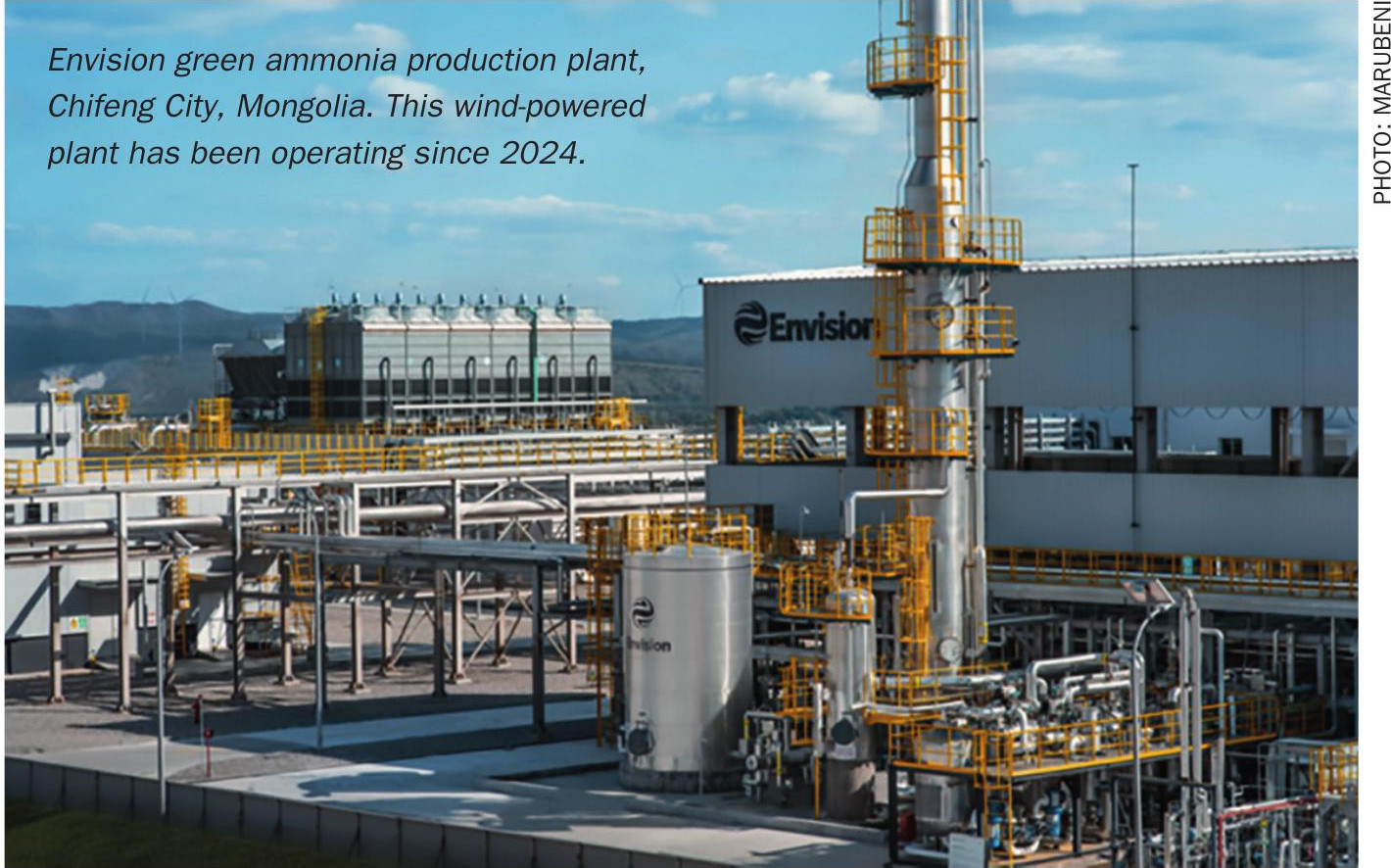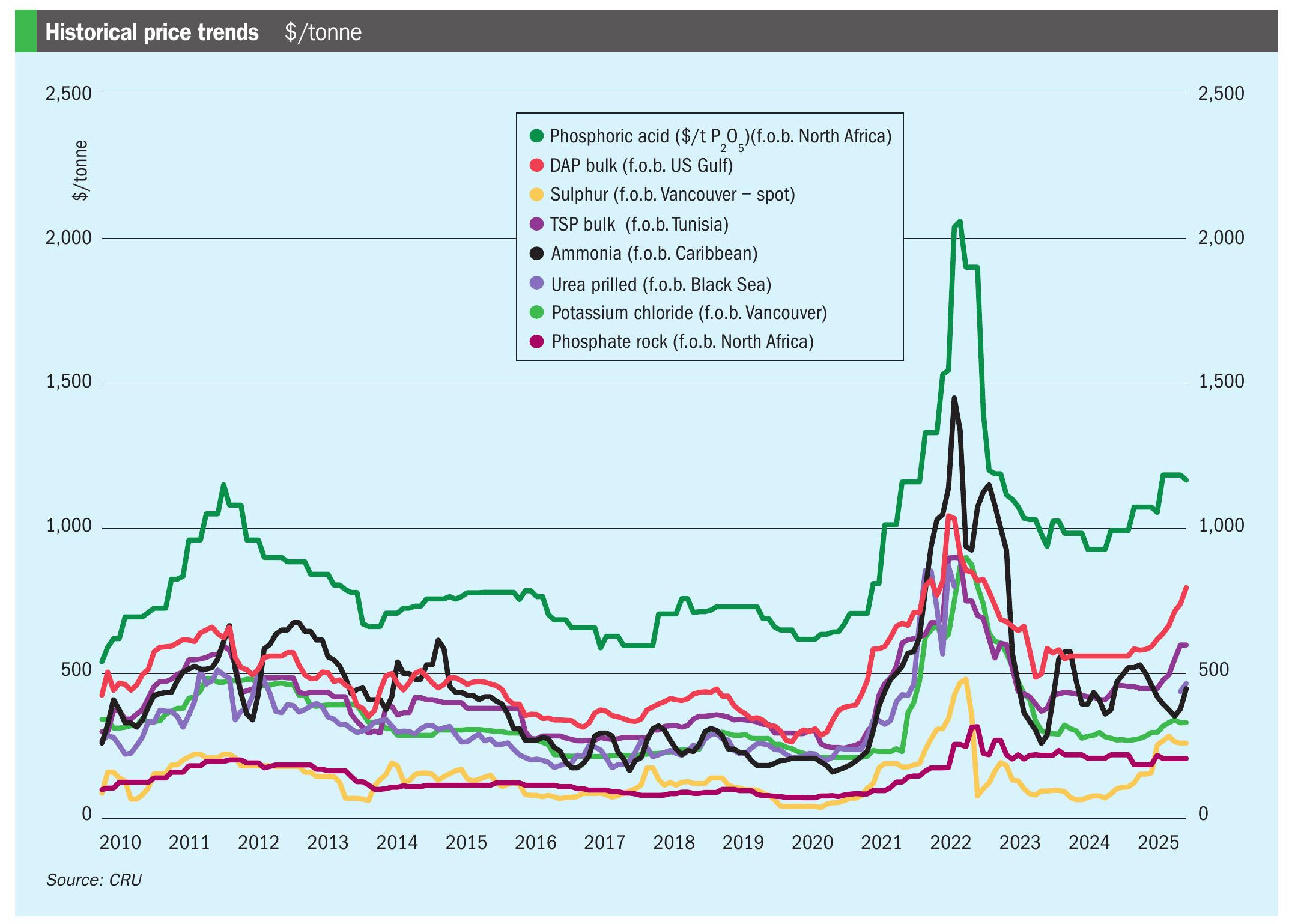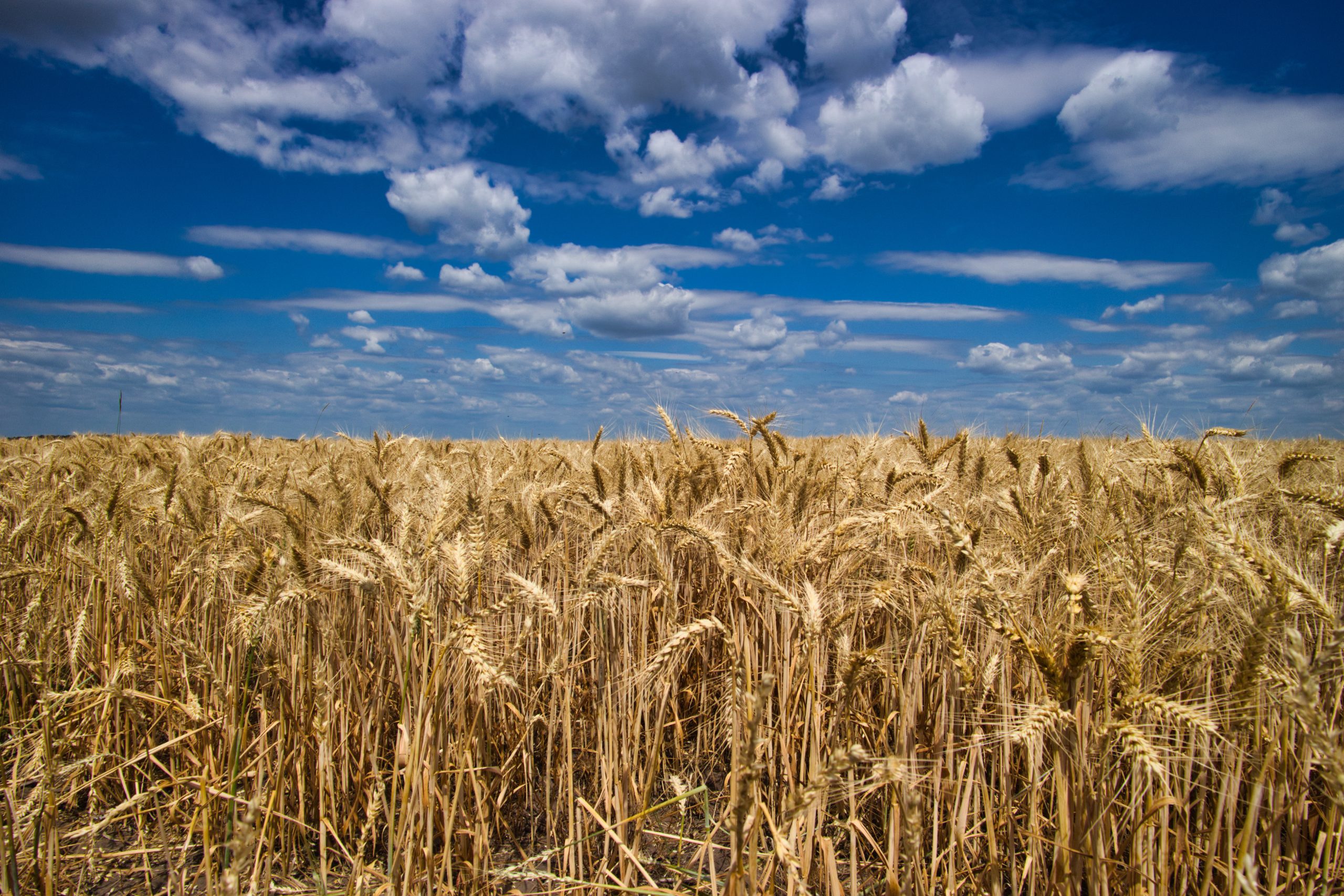Nitrogen+Syngas 381 Jan-Feb 2023

31 January 2023
Price Trends
NITROGEN
Ammonia prices registered another week of losses at the start of January, with supply options continuing to outweigh demand in most regions. Prices have been falling steadily for the past twelve weeks, as the market rebalances after production curtailments across Europe for much of 2022. Steady falls in gas pricing over the past few weeks have put production costs firmly below today’s import price, with European production now scheduled to ramp up at many plants this month.
The weaker sentiment was backed up by a $55/t drop in the monthly Tampa contract, but limited spot trade was reported following the announcement at the beginning of the first week of January. Recent market drivers include January Tampa price settles at $975/t c.fr – Yara has settled the Tampa contract price with Mosaic at $975/t c.fr for January – a $55/t fall from December and the lowest price since July 2022. The new contract represents a Trinidad netback of around $935/t f.o.b.
European natural gas prices fell sharply again in the first week of January, with TTF month-ahead prices dropping to $20/ MMBtu on 4 January – the lowest level for nearly a year. The current TTF price of $22/MMBtu reflects an ammonia production cost of around $830-840/t for February, excluding carbon costs.
Export availability out of Saudi Arabia may be lower in January. Sabic will have a turnaround at one of its ammonia plants this month but details have not been confirmed. Ma’aden’s plants are running currently but there are reports that the producer may take some capacity offline at one of its three ammonia facilities next week.
Urea prices fell as the year began as producers fought for liquidity and the market remains weak. Egyptian prices fell by $40/t in a matter of days to $495/t f.o.b, while prices in the Middle East and southeast Asia fell to around $440/t f.o.b. In end-user markets prices slumped also – US prices fell through the course of the first week of January by $30/t, Brazil by $15/t and many European markets by around $20/t.
With India out of the market for January there is a clear overhang of supply in Russia, the Middle East and both north and west Africa for January-loading cargoes. Export controls continued to curb activity around the edges of the market. Indonesia is unlikely to be able to sell any fresh urea during January, while supply of ammonium nitrate has been curtailed by Russia’s export quotas. But most market participants are bearish.
Recent market drivers include India’s apparent decision to delay its next purchase tender until end-January, and the removal of European import duty – cargoes are again flowing to European markets from the Middle East, southeast Asia and the US, forcing north African producers to cut prices in early January to stay competitive.

END OF MONTH SPOT PRICES
natural gas

ammonia

urea

diammonium phosphate







